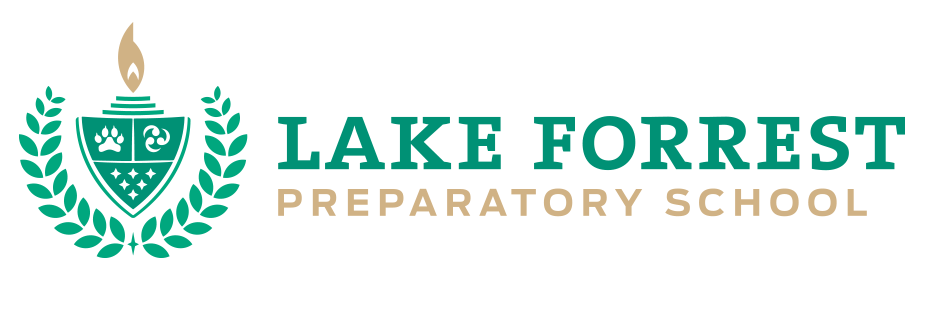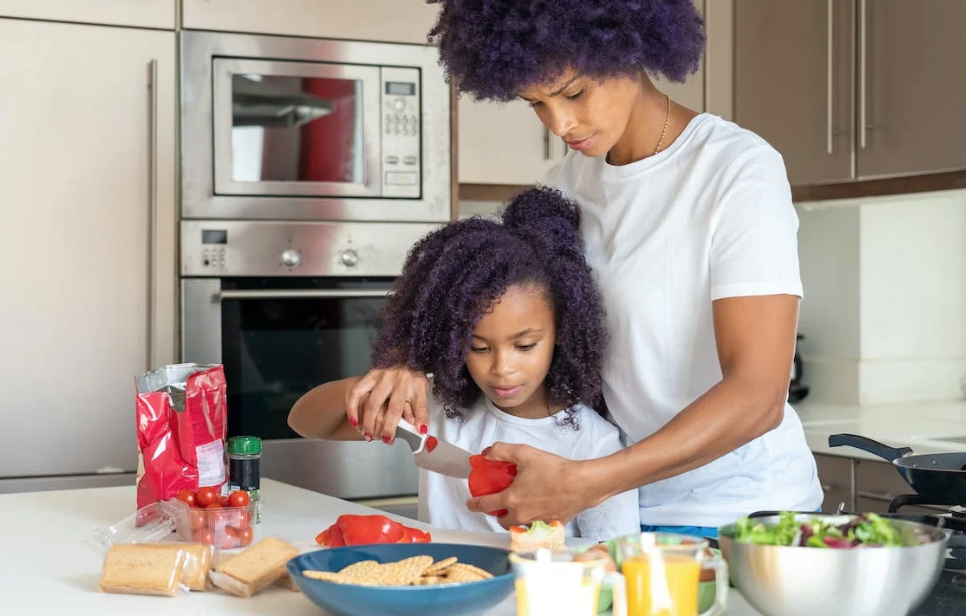Your child wanders into the kitchen as you prepare dinner. What’s your gut reaction? Tell them to go play to get them out of the kitchen? Or do you introduce age-appropriate cooking concepts? It can be tricky to know what to teach your kids at certain ages. As long as you make sure the cooking lessons make sense for your child, you can start teaching them early on in life. Here are cooking essentials we would recommend teaching each age group.
Beginner Cook
Cooking lessons can start with children as young as toddlers! At this tactile age, let them sit on the floor with a bowl of flour or a plastic salt shaker. Since these items are kitchen-specific, introducing these tasks in the kitchen helps children solidify the “kitchen for cooking” concept.
As your toddler progresses, introduce a scrub brush for cleaning fruits and vegetables, a roller for rolling dough, or a whisk for mixing batter. With practice and several dozen eggs, your small chef can even learn to successfully crack an egg.
Intermediate Chef
Responsibility begins at around age 5, and at this age, your children may begin experimenting with simple recipes and meals. Show them how to use kitchen appliances, such as toasters, toaster ovens, and microwaves. With guidance, a young child can tear or cut salad ingredients as well. If your child loves a fresh smoothie, show them how to slice fruits and vegetables, add other ingredients, clamp down the lid securely, and make lunch.
Independent Cooking
This stage, which can typically start at age 9 or 10, requires hands-on training. This can include correctly and safely handling a knife, using a stove or oven without burning the food or the cook, and emphasizing prep and clean-up. By this age, your child should be able to complete an entire meal from a recipe. Task your child with helping you shop for ingredients and verifying you have the correct basics on hand.
Cooking tips for All ages
No matter what age your child is when they learn about cooking, start by teaching food safety basics. These include washing your hands before handling food or ingredients, cleaning counters before and after using the kitchen, cleaning all items after cooking or loading the dishwasher, and always washing your hands after working with raw meat.
Making it educational
You can introduce math in the form of measurements. It is very easy to use fractions when measuring wet or dry ingredients: ¼ cup, ½ teaspoon, et cetera. As your child measures, ask how many of the ¼ cup measurements fit in a cup, then have your child fill and dump each ¼ cup. This strengthens a very weak area many students have in math: fractions.
Show science concepts in cooking as you cook an egg on a stove. As the egg changes from raw to cooked, the color changes from clear and transparent liquid to a white, opaque solid because the proteins denatured. So many cooking concepts are science-based because the addition of a catalyst (heat or chemicals) is easy to show. Teaching these concepts as you cook with your child helps them understand what makes cooking possible. Take your child’s cooking to a new level with hands-on kitchen activities. Learn more about introducing home concepts into learning activities by contacting Lake Forrest at 407-331-5144.


